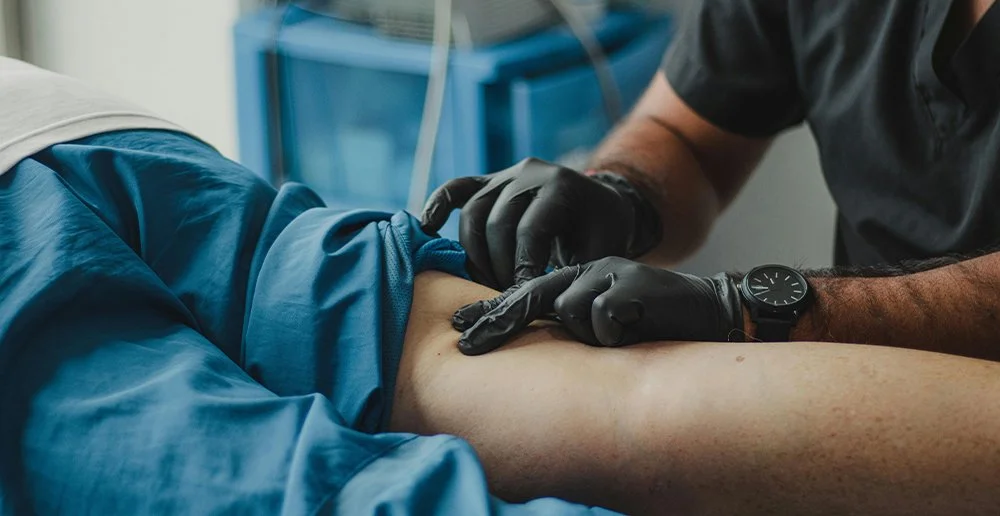Electrical stimulation to prevent recurring pressure ulcers in individuals with a spinal cord injury compared to usual care: the Spinal Cord Injury PREssure VOLTage (SCI PREVOLT) study protocol
Electrical stimulation to prevent recurring pressure ulcers in individuals with a spinal cord injury compared to usual care: the Spinal Cord Injury PREssure VOLTage (SCI PREVOLT) study protocol
Background
Pressure ulcers (PUs) on the buttocks are among the most common secondary complications in individuals with chronic spinal cord injury (SCI). PUs can result from sitting for extended periods, disuse atrophy, increased sitting pressure and reduced circulation. Compared with usual care, activation of paralysed muscles using electrical stimulation (ES) has been shown to markedly increase paralysed muscle mass, improve circulation of skin and muscle and improve sitting pressure distribution. ES might therefore be a useful method to reduce PU incidence.
Methods
A multicentre randomized controlled trial (SCI PREVOLT) will be conducted with an economic and process evaluation alongside. One hundred participants with a SCI in the chronic phase and a minimal incidence of 1 PU in the last 5 years will be recruited from rehabilitation centres across the Netherlands. Participants will be stratified by centre and age and randomized to the intervention or control group. The intervention group will use ES at least 1 h/day during at least 4 times a week for 1 year next to usual care. The control group will only receive usual care. The primary outcome is the incidence of PUs, measured by a blinded person assessing the presence or absence of a PU on the buttocks on a photo made by the participant or his/her caregiver. The incidence of a PU will be evaluated every 2 weeks. Secondary outcomes include interface pressure distribution, blood flow in the profunda femoris artery, muscle thickness of the hamstrings and gluteal muscles and questionnaires about different dimensions of life, e.g. participation and quality of life. Secondary outcomes will be measured at baseline and 3, 6, 9 and 12 months after randomization.
Discussion
This study will assess if electrical stimulation is a (cost-)effective method to prevent PUs and reduce the risk factors of getting PUs. If ES is effective and cost-effective compared with usual care, ES could be implemented in daily treatment of individuals with a SCI.
Trial registration
Netherlands Trials Register NTR NL9469 . Registered on 26 May 2021.
Keywords
Cost-benefit analysis; Electrical stimulation; Pressure ulcer; Prevention and control; Process evaluation; Randomized controlled trial; Secondary prevention; Spinal cord injuries.

